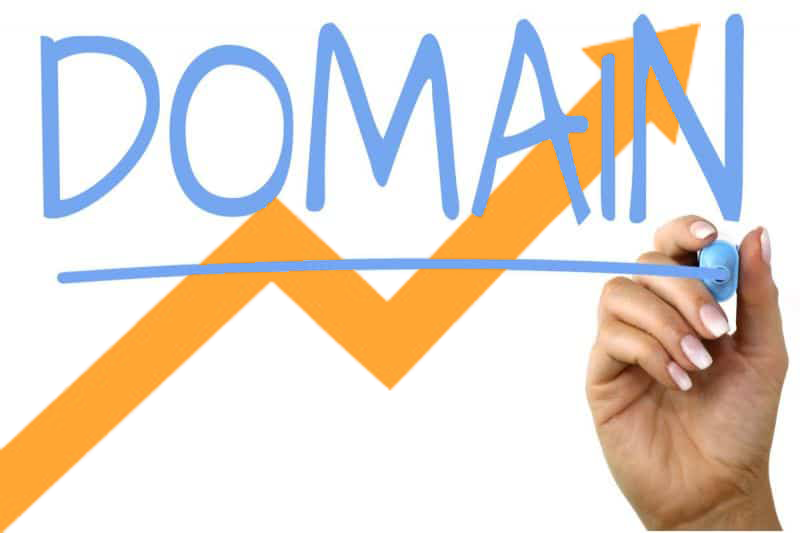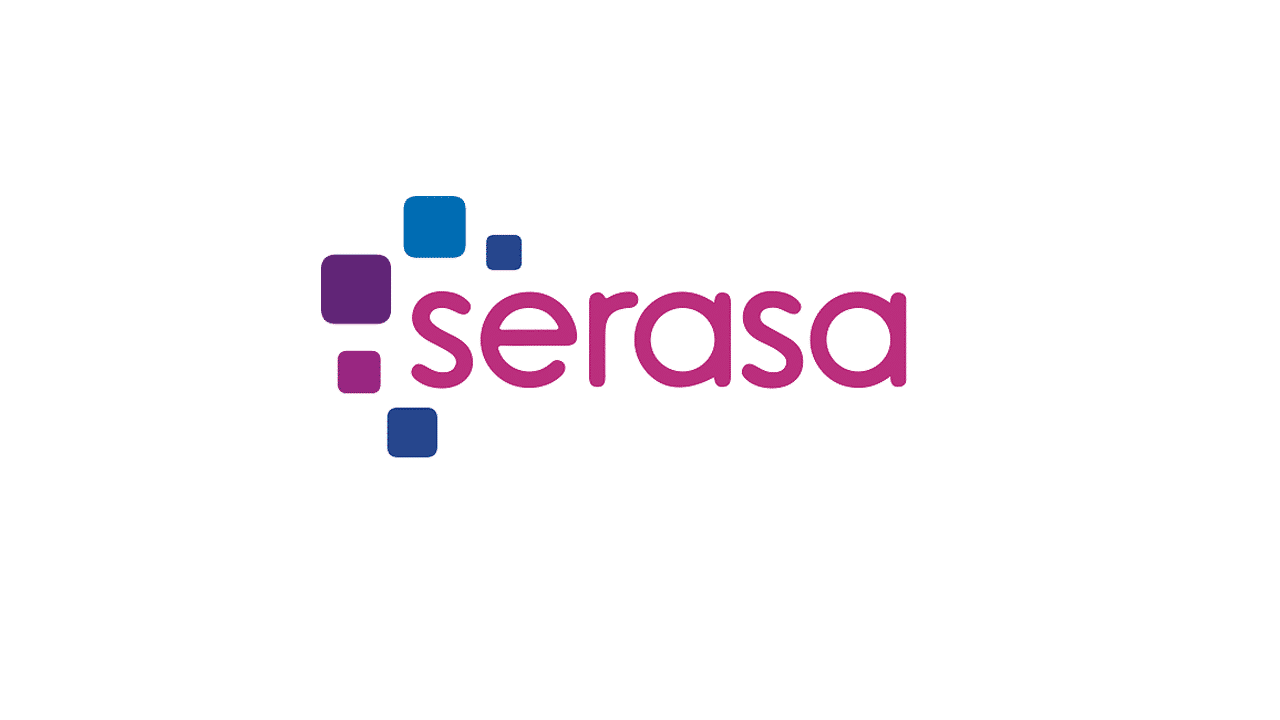Domain appraisal route in the current diverse market situation is a big challenge. Sometimes it is hard or even impossible to leave out the subjective opinion and just stick to the facts and statistics.
However, it is dangerous to approach domain appraisal on “like it/don’t like” basis. That’s why an exact guide or checklist can provide a great help and make the appraisal process much easier.
Strictly speaking, there are 20 main factors in domain appraisal procedure. You will easily set the right value of your domain if you follow these steps.
1. Industry popularity. It is very important to answer a question “what is the market volume this domain applies to?” It may be a short and nice name but it will have less value if it cannot generate enough business.
2. Niche situation. It is sometimes a matter of fashion. Once you have applied the domain to a certain market, explore how wide or narrow is the niche it would fit in.
3. Keyword popularity. The best method of market prediction and one of the most accurate domain appraisal tools is the keyword popularity check. You have to find out the number of monthly searches for the keyword term your domain represents. Two of the all time favourites are Google AdWords Keyword tool and Yahoo’s Overture. If a domain name doesn’t contain any recognizable keyword, it should be brandable (see the point #10).
4. Substantiality. It is a domain appraisal criterion that evaluates if the domain name is serious enough to have business people showing any interest. Wacky names may be fun but they doesn’t attract enough business.
5. Top level domain value. Yes, .COM maybe is king but how about other TLDs? Top tier extensions are .COM, .NET, .ORG, .CO.UK and .DE. They have a potential of going for over $100,000. Midfield consisting of .NL, .US, .FR, .RU, .IN and .CN hardly ever reaches $100,000 but can go beyond that for the right name.
Lower end of .INFO, .TV, .MOBI, .FM, .AM, .BE and .CC are sometimes seen selling in $XX,000 region whereas the struggle TLDs .BIZ, .WS, country TLDs and .NAME rarely make a thousand. Yet the domain appraisers have to keep in mind that a great .BIZ will definitely make more money than a shabby .COM.
6. Phone test can determine if there is some off-line value in the domain. If you can dictate the name over your phone without spelling it letter by letter, you may add more dollars to the price.
7. Memory test is another method of domain appraisal that determines if it has a business potential. Test your friends – tell them the name and see if they would be able to recall it after a day or two.
8. Length of the name. There is still a strong demand for three-letter and four-letter .COM domains. However, the majority of these aftermarket transactions take place amongst domain name “flippers” or re-sellers. It is not necessary for a name to be short in order to be good seller – a longer name that can still be easily memorized and that makes a perfect sense, will do as good.
9. Product recognition. From the business point of view, it is important that the visitor would be able to predict the content of the web-site once he sees the domain name.
A name containing “telephone”, “mobile” or “games” and similar popular products would be likely to fetch more in the aftermarket. Whereas, a domain that resembles a popular branded product may prove a difficult thing to sell.
10. Brandability. In the situation when almost 100% of the English dictionary words are already registered as domain names or branded, if someone comes up with an interesting new word that can be turned into a trademark, domain appraisal has to consider and recognize that. It is essential to check both US and UK trademark registries before setting the sale price.
11. Exact keyword. It may be an advantage to have a single-keyword domain name, also two relevant keywords without a hyphen spells good selling price. However, when it comes to three or more keywords in a single domain especially when they are hyphenated, it will drastically reduce the aftermarket price.
12. Language. Top sellers are the domains in correct English language due to the worldwide audience and all the English-speaking countries. Also Spanish and German names sell quite well.
13. Clean grammar. Typos were popular some time ago. Now it is very important for business reputation to have a grammatically correct domain name.
14. Domain age. As the search engine algorithms deal with site ranking, domain age is quite important. Older domains tend to rank higher.
15. PageRank and domain appraisal. Initially PageRank was introduced by Google to rank web-pages by their importance. As webmasters still continue to fret about PageRank, it is still considered as a factor in domain appraisal.
16. Type-in traffic. If a domain name is short and obvious, it will attract traffic from direct browser type-ins. If you can prove a significant type-in traffic, you can set the selling price on a higher level.
17. Organic traffic. Again, it is necessary to provide a proof that the site receives free organic traffic from search engines and referrals. It is very difficult to build traffic and if the initial work is already done, you will expect the buyer to pay more.
18. Development value. Domain appraisal should also consider how the associated website is developed and optimized. On the other hand, an unprofessional site can harm the sales potential. There is nothing wrong with selling a domain with a web-site as a package deal, yet the quality of the site should be top-notch! The domain appraisal factors 14 to 18 are meant to deal with names that already have a web-site. If you are trying to appraise a blank domain name, you should not consider these points.
19. Total revenue generated from the site. A proof of regular revenue from different advertising and affiliate programs will drive the sale price up, yet a good site content alone will doubtfully make a good sale if the domain doesn’t meet at least some of the aforementioned criteria from 1 to 13.
20. Comparison. Before concluding a domain appraisal, you will want to compare the domain with previous similar sales from the aftermarket. Although it is true that each name is unique, there is fashion and there are trends. That’s why it may be useful to visit Sedo, Tdnam or any other aftermarket to see what domains attract more bids, explore the internet for previous sales. A good idea is to sign up for several web-master forums in order to explore the domain appraisal requests posted by members. You will be able to post a domain appraisal request yourself and compare your verdict with judgment of fellow webmasters.
This guide contained the 20 primary criteria of domain appraisal. Use them to determine the value of names you buy and sell. If you keep this guide as your checklist, you will probably find that domaining is an interesting and rewarding industry.











